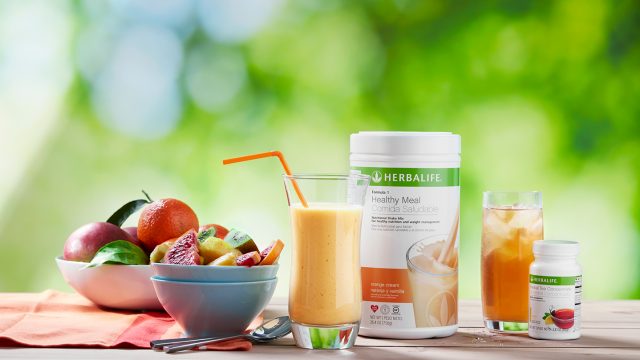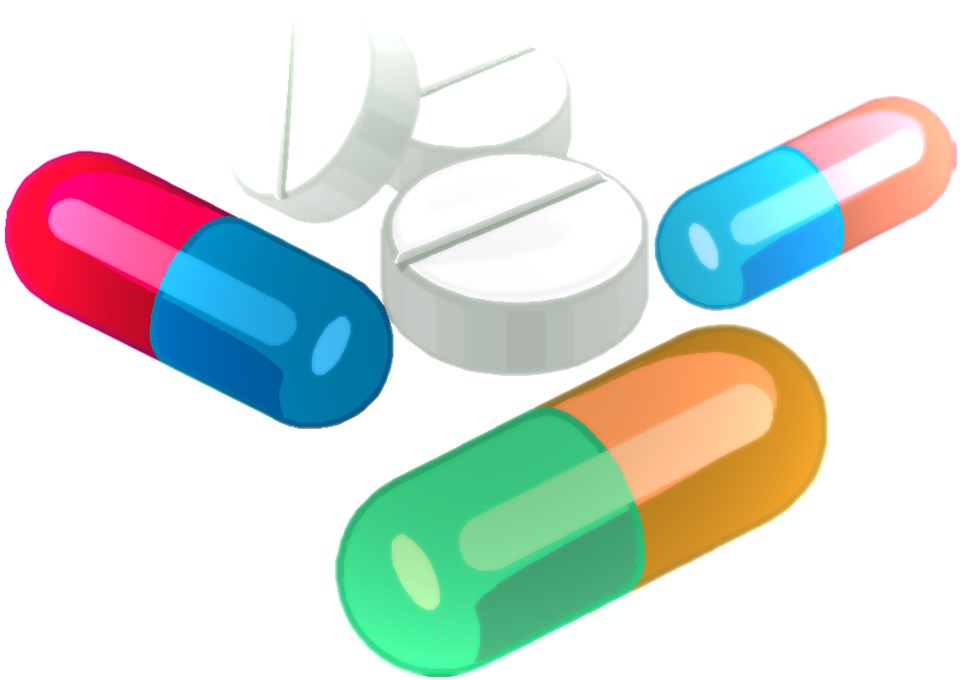FOR YOUR HEALTH – Don’t Let Mother Nature Sidetrack Your Health
 Five Ways To Prioritize Your Family’s Physical And Mental Well-Being In Hurricane Season
Five Ways To Prioritize Your Family’s Physical And Mental Well-Being In Hurricane Season
(NAPSI)—The National Oceanic and Atmospheric Administration predicts an average hurricane season this year, but as history has shown, the worst hurricanes are often unexpected. Last year, the seemingly mild Hurricane Michael rapidly turned into a category 5 storm, devastating parts of the Florida Panhandle. While many will stock batteries, flashlights and bottles of water, few will prep for health-related incidents or have a plan in place if a family member gets sick during a natural disaster. What’s more, such storms can be traumatic, causing stress and fear, even after they’ve blown over. It’s wise to prepare for that, too.
“In the wake of an imminent storm, many often forget that everyday life, including general illness, doesn’t stop in the midst of a natural disaster,” says Dr. Derek Bennetsen, a board-certified family physician. “Plus, the physical and mental health toll of a hurricane can be long lasting. Fortunately, you can learn effective and proven steps to prioritize your health. Have a hurricane plan that includes deciding how you and your loved ones will receive general medical care.”
Dr. Bennetsen suggests these steps you can take to prioritize your family’s health regardless of the weather:
1. Mind Your Medications. In the event of a hurricane or other disaster, getting to a pharmacy may be impossible, if it’s even open. Work with your treating physician or virtual care service to make sure your medications are stocked before a storm hits, and make sure you have a pharmacy finder in the event of evacuation.
2. Check Your First-Aid Kit. First-aid kits are rarely thought about until they’re needed. Make sure you have an ample supply of bandages, alcohol swabs and pain relievers, to manage everything from cuts and scrapes to headaches. Keep dust masks nearby and a whistle in case you need to signal for help.
3. Download the Right Apps. If power is out, conserve your cell phone battery. Get information from trusted sources. Download the Red Cross app at: www.redcross.org/get-help/how-to-prepare-for-emergencies/mobile-apps, to monitor more than 35 different emergency alerts that can help keep you and your loved ones safe. The FEMA app is also available, at www.fema.gov/mobile-app, for regular alerts from the National Weather Service. In case of evacuation or the need for care, seek out Red Cross shelters at www.redcross.org/get-help/disaster-relief-and-recovery-services/find-an-open-shelter.html. There you can get the help you need, including virtual access to doctors.
4. Be Smart About Stress. Hurricanes are stressful, even traumatic. Coping with the emotional effects of disasters is important for all ages. In the moment, try breathing exercises or tackling one item at a time on a to-do list and always consider talking to a psychologist or therapist. Telebehavioral health services such as BetterHelp (www.betterhelp.com) and Teladoc (Teladoc.com/therapy) are growing in popularity for successfully providing support on your terms, regardless of time of day or location.
“The need for quality mental health care in the face of disaster is so well documented and needed, and now, fortunately, with the prevalence of virtual care, we can connect people with the right therapist for their needs,” explains Dr. Chris Dennis, a Miami, Florida-based psychiatrist and tele-behavioral health provider.
5. Know Where to Access Care: A fever or infection is not going to wait for the storm to pass and may very well get worse if you wait. In many areas, doctors may also have evacuated or care will be difficult to access. Find out before the storm hits whether you have access to virtual care services. Disaster preparedness resources such as https://www.teladoc.com/disaster-hotline/ have thousands of physicians across the country including those who are board-certified to provide medical care.
“Whether it’s a child’s fever in the wake of a storm, or breathing issues, infections and or other illnesses incurred days or weeks after, we’ve helped patients get much needed care over the years. It’s so critically important to prioritize your health and know your options for care before you need it,” adds Dr. Bennetsen.
Learn More
For more information, visit www.Teladoc.com/disasterprep or Teladoc.com/therapy.


 (NAPSI)—The school year can be a hectic time for the families of America’s estimated 57 million schoolkids—but it’s also a good time for parents to bring their children to the doctor to get tested for asthma.
(NAPSI)—The school year can be a hectic time for the families of America’s estimated 57 million schoolkids—but it’s also a good time for parents to bring their children to the doctor to get tested for asthma.
 (NAPSI)—Many people may be surprised to learn that some things used to keep their homes looking good and feeling fresh—scented candles, air fresheners, cleaning products, paint, furniture—actually contribute to indoor air pollution.
(NAPSI)—Many people may be surprised to learn that some things used to keep their homes looking good and feeling fresh—scented candles, air fresheners, cleaning products, paint, furniture—actually contribute to indoor air pollution. (NAPSI)—Most people know someone who has dreamed of leaving the rigidity of a 9 to 5 job to pursue the flexibility of entrepreneurship. The majority don’t pursue that avenue, and the reasons vary, including financial obligations, time constraints, or fear of the unknown.
(NAPSI)—Most people know someone who has dreamed of leaving the rigidity of a 9 to 5 job to pursue the flexibility of entrepreneurship. The majority don’t pursue that avenue, and the reasons vary, including financial obligations, time constraints, or fear of the unknown. (NAPSI) — Most people can’t go a day without a cup of coffee or checking their e-mail. But with the demands of everyday life it’s not surprising that about 50 percent of patients sometimes fail to take their daily medications as prescribed.
(NAPSI) — Most people can’t go a day without a cup of coffee or checking their e-mail. But with the demands of everyday life it’s not surprising that about 50 percent of patients sometimes fail to take their daily medications as prescribed. (NAPSI)—The healthfulness of school lunches is one of the top three parental concerns of this school season, according to a recent survey conducted by OnePoll.
(NAPSI)—The healthfulness of school lunches is one of the top three parental concerns of this school season, according to a recent survey conducted by OnePoll. (NAPSI)—Hospital drug diversion, in which health care workers divert opiates and other controlled substances away from patients for personal use or sale, is a largely underdiscussed challenge. To better understand health care diversion perceptions, behaviors and solutions, the BD Institute for Medication Management Excellence commissioned KRC Research, a global public opinion research consultancy, to conduct a national survey of more than 650 hospital executives and providers. The findings, released in a new report, were eye opening.
(NAPSI)—Hospital drug diversion, in which health care workers divert opiates and other controlled substances away from patients for personal use or sale, is a largely underdiscussed challenge. To better understand health care diversion perceptions, behaviors and solutions, the BD Institute for Medication Management Excellence commissioned KRC Research, a global public opinion research consultancy, to conduct a national survey of more than 650 hospital executives and providers. The findings, released in a new report, were eye opening. (NAPSI)—When Laura set a goal of becoming a certified orthotist and prosthetist to help people who, like her, experienced limb loss, she was concerned that earning the income she would need to afford the necessary training and education would affect her Supplemental Security Income (SSI) from Social Security. But working with Social Security’s Ticket to Work (Ticket) program and using other Social Security Work Incentives helped her create a path to success.
(NAPSI)—When Laura set a goal of becoming a certified orthotist and prosthetist to help people who, like her, experienced limb loss, she was concerned that earning the income she would need to afford the necessary training and education would affect her Supplemental Security Income (SSI) from Social Security. But working with Social Security’s Ticket to Work (Ticket) program and using other Social Security Work Incentives helped her create a path to success. Transamerica Center for Health Studies
Transamerica Center for Health Studies